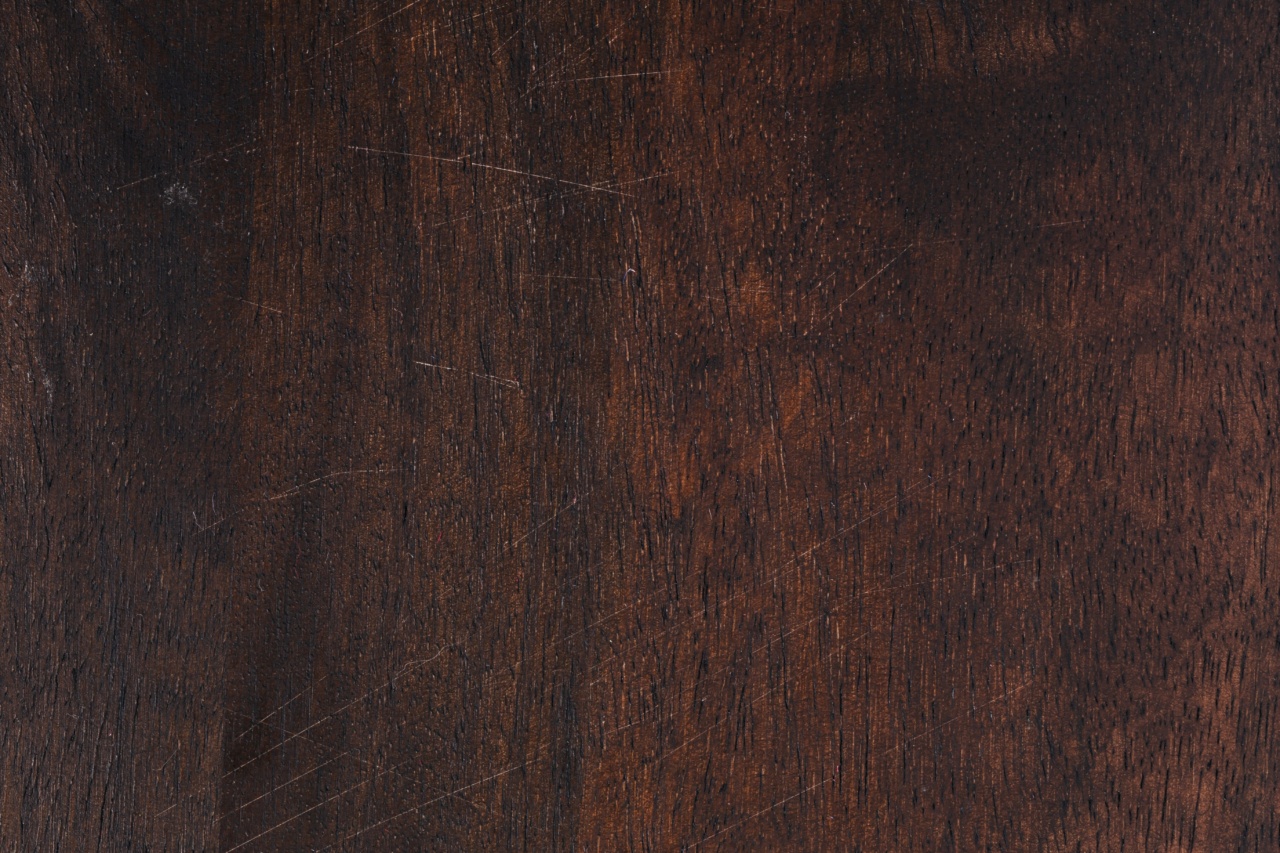Stretch marks are a common skin concern that can affect both men and women. They often occur due to rapid weight gain or loss, pregnancy, growth spurts, or hormonal changes.
While they don’t pose any health risks, stretch marks can be unsightly and cause embarrassment or self-consciousness.
While there are various commercial products available on the market to reduce the appearance of stretch marks, they can be expensive and may contain harsh chemicals.
If you’re looking for a more natural approach, your kitchen may hold the key to affordable yet effective remedies. Here are some natural remedies from the kitchen that can help remove stretch marks:.
1. Olive Oil
Olive oil is a versatile kitchen staple that is known for its moisturizing properties. It is rich in antioxidants and nutrients that can help nourish the skin and promote its elasticity.
Regular massage with olive oil can improve blood circulation and reduce the appearance of stretch marks.
2. Aloe Vera Gel
Aloe vera gel is known for its healing properties and has been used for centuries to treat various skin conditions.
It contains vitamins, minerals, and antioxidants that can help repair damaged skin cells and promote the regeneration of new and healthy skin. Applying aloe vera gel directly to stretch marks can help fade them over time.
3. Lemon Juice
Lemon juice is a natural bleaching agent and can help lighten dark stretch marks. It contains citric acid, which exfoliates the skin and promotes cell turnover.
Simply apply freshly squeezed lemon juice to the affected areas and leave it on for about 10 minutes before rinsing off.
4. Cocoa Butter
Cocoa butter is a popular ingredient in many skincare products, thanks to its moisturizing properties. It is rich in fatty acids, which help hydrate and nourish the skin.
Massaging cocoa butter onto stretch marks regularly can improve their appearance and make them less noticeable.
5. Coconut Oil
Coconut oil is another kitchen staple that is widely used for its skincare benefits. It is high in lauric acid, which has antimicrobial and anti-inflammatory properties.
Regular application of coconut oil can help hydrate and soothe the skin, reducing the appearance of stretch marks.
6. Potato Juice
Raw potato juice is believed to have skin lightening properties that can help fade stretch marks. Grate a potato and extract its juice. Apply the juice directly to the stretch marks and leave it on for 15-20 minutes before rinsing off.
Regular use can improve the appearance of stretch marks over time.
7. Sugar Scrub
A homemade sugar scrub can exfoliate the skin, promote cell turnover, and improve the appearance of stretch marks. Mix equal parts of sugar and olive oil to make a paste.
Gently massage the paste onto the affected areas in circular motions for a few minutes, then rinse off. Repeat this process regularly for best results.
8. Baking Soda
Baking soda has exfoliating properties that can help remove dead skin cells and promote the growth of new cells. Make a paste by mixing baking soda with water and gently massage it onto the stretch marks. Leave it on for a few minutes before rinsing off.
Regular exfoliation can help fade stretch marks and improve skin texture.
9. Cucumber
Cucumber is known for its cooling and soothing properties. It is rich in vitamins A, C, and E, which can help nourish and hydrate the skin. Cut thick slices of cucumber and rub them onto the stretch marks for a few minutes.
Repeat this process daily to see visible improvement in the appearance of stretch marks.
10. Honey
Honey is a natural humectant that helps retain moisture in the skin. It also has anti-inflammatory properties that can help reduce redness and inflammation associated with stretch marks.
Apply a thin layer of honey directly to the stretch marks and leave it on for 10-15 minutes before rinsing off. Regular use can help fade stretch marks and make them less noticeable.
While these natural remedies from the kitchen can help reduce the appearance of stretch marks, it’s important to remember that results may vary for each individual.
Consistency is key, and it may take several weeks or months of regular use to see noticeable improvements. Additionally, it’s always a good idea to do a patch test before applying any new ingredient to your skin to avoid any potential allergic reactions or irritation.
By utilizing these natural remedies, you can embark on a journey towards smoother and more even-toned skin without breaking the bank or exposing yourself to harsh chemicals.
Be patient and persistent, and you may just discover the power of the kitchen in healing your stretch marks.






























